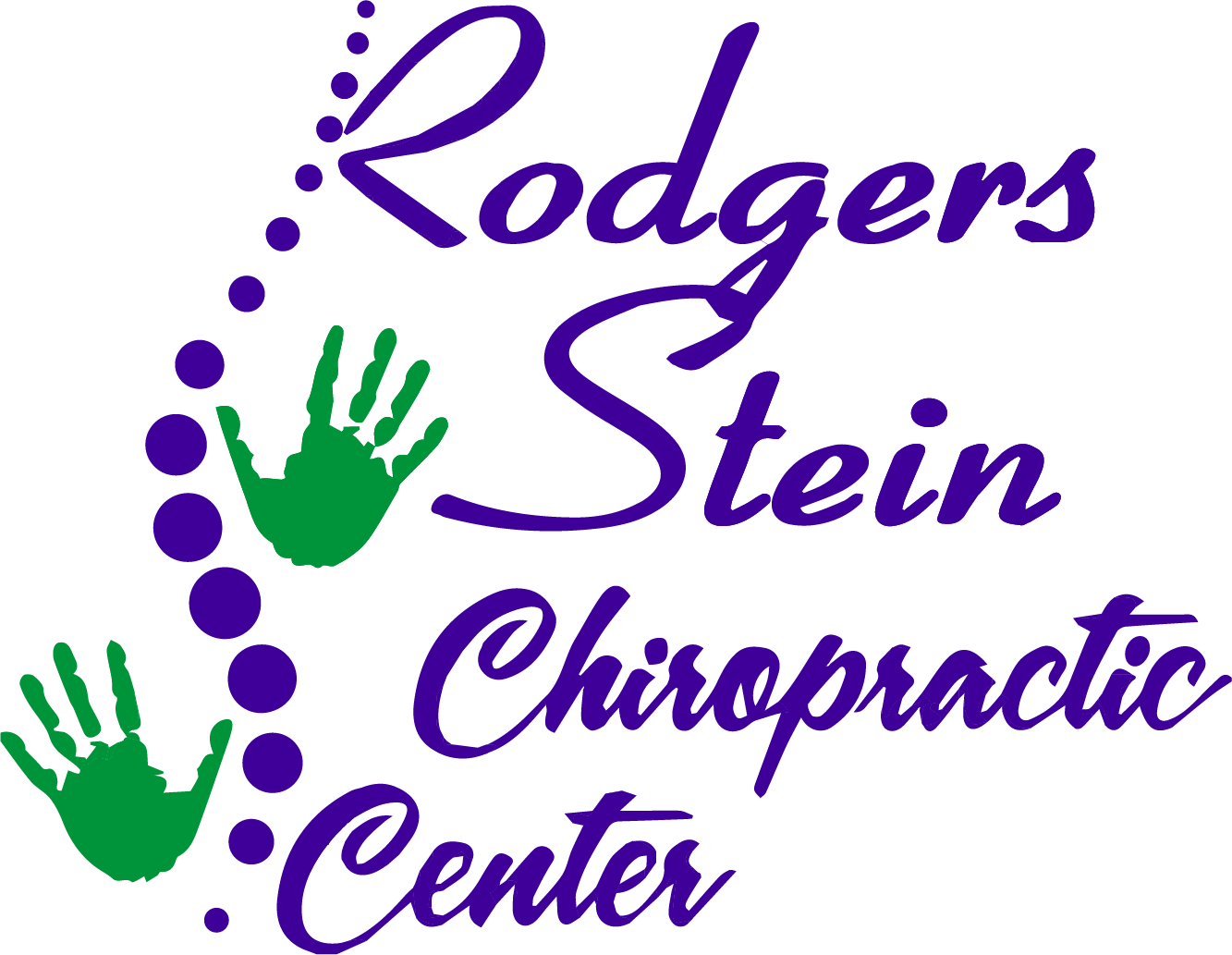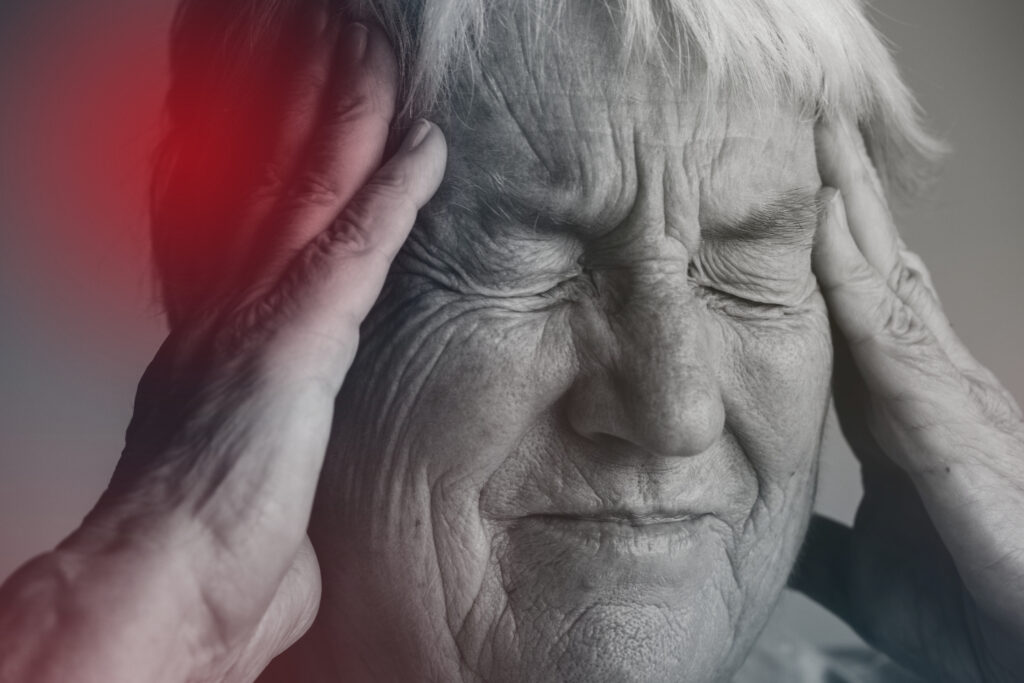If you've been searching for effective ways to manage pain without relying solely on medication, you're not alone. Many people are turning to natural pain relief strategies that can enhance overall well-being while minimizing side effects. From herbal remedies to mindfulness practices, these methods offer a holistic approach to pain management. But which strategies are the most effective for your specific needs? By exploring these options, you might find the relief you've been looking for, and the journey to discovering what works best could surprise you.
Herbal Remedies
When you're seeking natural pain relief, herbal remedies can offer effective options. These remedies have been used for centuries and can help manage pain without the side effects often associated with conventional medications.
You might find that certain herbs can target specific types of pain, making them a valuable addition to your pain management toolkit.
One popular choice is turmeric. Its active compound, curcumin, has anti-inflammatory properties that can alleviate pain associated with conditions like arthritis. You can incorporate turmeric into your diet by adding it to meals or taking it as a supplement.
Another effective herb is ginger, which has similar anti-inflammatory effects and can ease muscle soreness and joint pain. Try brewing ginger tea or adding fresh ginger to your dishes for a flavorful pain relief option.
Willow bark is another herbal remedy worth considering. It contains salicin, which the body converts into salicylic acid—similar to aspirin. You can find it in teas or capsules, but be cautious with dosage, as it can have side effects similar to aspirin.
For headaches, you might want to try feverfew, known for its ability to reduce the frequency and severity of migraines.
Always consult your healthcare provider before starting any herbal remedies, especially if you're taking other medications.
Essential Oils
In addition to herbal remedies, essential oils can be a powerful tool for natural pain relief. These concentrated plant extracts offer various therapeutic benefits that can help alleviate discomfort from headaches, muscle aches, and joint pain. You can use essential oils through inhalation, topical application, or even in a soothing bath.
One of the most popular essential oils for pain relief is lavender. Its calming properties can help reduce tension and anxiety, which often exacerbate pain. You can dilute it with a carrier oil like coconut or jojoba and massage it directly onto sore areas.
Another effective option is peppermint oil, known for its cooling sensation. Applying diluted peppermint oil can help relieve headaches and muscle pain with its natural analgesic properties.
Eucalyptus oil is also beneficial, particularly for joint pain and inflammation. Its anti-inflammatory effects can be harnessed by adding a few drops to your bath or using it in a steam inhalation.
Don't overlook the pain-relieving potential of rosemary oil, which can improve circulation and provide relief from muscle soreness.
When using essential oils, always perform a patch test to verify you don't have any adverse reactions. Keep in mind that while essential oils can be effective, they should complement other natural pain relief strategies rather than replace them.
Mindfulness and Meditation
Mindfulness and meditation can be transformative tools for managing pain and enhancing your overall well-being. When you practice mindfulness, you focus on the present moment, allowing yourself to acknowledge and accept your pain without judgment. This shift in perspective can greatly reduce the emotional distress that often accompanies physical discomfort.
To get started, find a quiet space where you won't be disturbed. Sit comfortably, close your eyes, and take deep, slow breaths. As you inhale, visualize calming energy filling your body, and as you exhale, imagine releasing tension and pain. If your mind wanders, gently bring your focus back to your breath. This simple practice helps you develop awareness of your sensations, both pleasant and unpleasant, fostering a sense of acceptance.
Regular meditation can also promote relaxation, which can help alleviate pain. Studies have shown that consistent mindfulness practices can reduce the perception of pain and improve your quality of life. You might explore guided meditations specifically designed for pain relief. Many apps and online resources offer sessions tailored to your needs.
Incorporating mindfulness into your daily routine can be beneficial, too. Try to practice being present during everyday activities, such as eating or walking. By cultivating this awareness, you can create a buffer against pain, allowing you to respond more effectively to discomfort when it arises.
Ultimately, mindfulness and meditation empower you to take control of your pain management, fostering resilience and a greater sense of peace.
Acupuncture Techniques
Acupuncture techniques offer a holistic approach to pain relief by stimulating specific points on the body with fine needles. This ancient practice, rooted in Traditional Chinese Medicine, aims to balance your body's energy, known as "qi."
When you visit an acupuncturist, they'll assess your condition and determine which points to target, often using your unique symptoms and medical history as a guide.
During a session, you'll lie down comfortably while the practitioner inserts thin needles into precise points. You might feel a slight prick, but it's generally painless. Many people find the experience relaxing, and some even fall asleep during treatment.
The needles help to trigger your body's natural pain-relief mechanisms, releasing endorphins and improving blood flow to the affected areas.
Acupuncture can be particularly effective for various types of pain, including chronic back pain, migraines, and joint discomfort. It's also beneficial for reducing inflammation and promoting overall well-being.
You may need multiple sessions to achieve the best results, and it's crucial to communicate with your acupuncturist about your progress.
Incorporating acupuncture into your pain management routine can complement other natural strategies you've been exploring. It's important to consult with a healthcare professional before starting any new treatment.
Physical Therapy Exercises
For many, combining acupuncture with physical therapy exercises can enhance overall pain relief and improve mobility. Engaging in specific physical therapy exercises tailored to your needs is essential for addressing pain and restoring function. These exercises often focus on strengthening muscles, improving flexibility, and increasing endurance, all of which can contribute to better pain management.
When you work with a physical therapist, they'll assess your condition and design a personalized exercise program. This may include stretches to alleviate tension, strengthening exercises for weak areas, and balance training to prevent falls. By committing to a routine, you can actively participate in your healing process.
One effective exercise is the gentle stretch. It helps maintain flexibility and can reduce stiffness. Hold each stretch for 15-30 seconds, breathing deeply to relax your muscles.
Strengthening exercises, such as resistance training or bodyweight exercises, can build muscle support around painful joints. Aim for two to three sessions per week, gradually increasing intensity as you progress.
Balance training, like standing on one leg or using a stability ball, enhances coordination and can prevent future injuries. Don't forget to listen to your body; if an exercise increases your pain, stop and consult your therapist.
Dietary Adjustments
To manage pain effectively, consider making dietary adjustments that include anti-inflammatory foods.
Incorporating fruits, vegetables, and healthy fats can considerably reduce inflammation in your body.
Plus, staying hydrated is essential, as adequate water intake supports overall health and helps alleviate discomfort.
Anti-Inflammatory Foods
Incorporating anti-inflammatory foods into your diet can greatly reduce pain and promote overall wellness. These foods help combat inflammation, which is often at the root of chronic pain.
Start by adding fatty fish like salmon and mackerel, rich in omega-3 fatty acids, to your meals. These healthy fats can help lower inflammation and improve joint health.
Don't forget about fruits and vegetables! Berries, cherries, and leafy greens like spinach and kale are packed with antioxidants that fight inflammation.
Consider using spices like turmeric and ginger in your cooking, as they've powerful anti-inflammatory properties.
Nuts and seeds, such as walnuts and flaxseeds, provide essential nutrients and healthy fats that can support your body's healing processes.
Whole grains like brown rice and quinoa can also be beneficial, as they provide fiber and nutrients without causing spikes in blood sugar.
Avoid processed foods and sugar, as these can increase inflammation. Instead, focus on whole, nutrient-dense foods.
Hydration Importance
Hydration plays an essential role in managing pain and promoting overall health. When you're adequately hydrated, your body can function at its best, which is vital for alleviating discomfort. Water helps transport nutrients, flush out toxins, and maintain joint lubrication, all of which can greatly impact your pain levels.
You mightn't realize it, but even mild dehydration can lead to increased pain sensitivity. This is particularly true for headaches and muscle cramps, where a lack of fluids can exacerbate the situation.
Aim to drink enough water throughout the day, and consider incorporating hydrating foods like cucumbers, watermelon, and oranges into your diet.
Don't wait until you're thirsty to hydrate; make it a habit to sip water regularly. If you're active or live in a hot climate, you might need more fluids to stay on top of your hydration game. Herbal teas and clear broths can also contribute to your daily intake.
Heat and Cold Therapy
When you're dealing with pain, heat and cold therapy can be effective tools in your relief arsenal.
Heat therapy helps relax muscles and improve blood flow, while cold therapy reduces inflammation and numbs sharp pain.
Combining both methods can often provide even greater relief, so let's explore how you can use them effectively.
Benefits of Heat Therapy
Harnessing the soothing power of heat therapy can greatly alleviate pain and promote relaxation. When you apply heat to sore muscles or stiff joints, it increases blood flow, which helps deliver essential nutrients and oxygen to the affected area. This can reduce muscle tension and enhance your flexibility, making everyday activities easier.
Heat therapy is particularly effective for chronic pain conditions, such as arthritis or back pain. Using a heating pad, hot water bottle, or warm towel can provide immediate relief. You might also consider soaking in a warm bath, which not only relaxes your muscles but can also calm your mind.
For best results, apply heat for 15 to 20 minutes at a time. Just be cautious not to use excessive heat, as this can lead to burns or discomfort. Always test the temperature before applying it to your skin.
Incorporating heat therapy into your pain management routine can be a game-changer. Whether you're dealing with tension headaches, menstrual cramps, or muscle strains, you'll find that this simple, natural approach can greatly enhance your overall well-being.
Embrace the warmth and let it work its magic!
Advantages of Cold Therapy
While heat therapy offers soothing relief, cold therapy can be equally beneficial, especially for acute injuries and inflammation. When you apply cold to an injured area, it constricts blood vessels, reducing swelling and numbing pain. This effect is particularly helpful right after an injury, like a sprain or strain, as it helps limit the damage and speeds up the healing process.
You might also find that cold therapy reduces muscle spasms and soreness after a workout. By applying an ice pack or a cold compress, you can alleviate discomfort and promote recovery.
It's important to remember to use cold therapy for short periods, typically around 15-20 minutes, to avoid skin damage or frostbite.
Another advantage of cold therapy is its accessibility. Ice packs, frozen vegetables, or even a simple towel soaked in cold water can provide instant relief.
Plus, cold therapy has minimal side effects when used correctly, making it a safe option for most people.
Incorporating cold therapy into your pain management routine can lead to significant improvements in your comfort and mobility.
Combining Both Methods
Often, combining heat and cold therapy can optimize pain relief and enhance recovery. Using both methods strategically allows you to target different types of pain effectively.
Start with cold therapy to reduce inflammation and numb sharp pain. Applying a cold pack for about 15-20 minutes can minimize swelling and slow down nerve conduction, which helps alleviate pain.
After the initial inflammation subsides, switch to heat therapy. Heat increases blood flow, relaxes muscles, and soothes stiffness. You can use a heating pad or warm towel for 15-20 minutes to promote healing and ease tension.
To maximize benefits, alternate between heat and cold. For instance, after using cold therapy, wait a couple of hours before applying heat. This alternating method can create a cycle of relief, helping you manage chronic pain or recover from injuries more effectively.
Always listen to your body. If you notice increased pain or discomfort, adjust your approach.
Combining both methods can be a powerful tool in your pain management toolkit, offering you the flexibility to adapt your treatment as needed.
Conclusion
By exploring these natural pain relief strategies, you can take charge of your well-being. Incorporate herbal remedies, essential oils, and mindfulness techniques into your routine for effective relief. Don't forget the benefits of acupuncture, physical therapy, and dietary adjustments, along with heat and cold therapy. Each method offers unique advantages that can help you manage pain holistically. Embrace these approaches, and you'll likely find a combination that works best for you, enhancing your overall quality of life.



